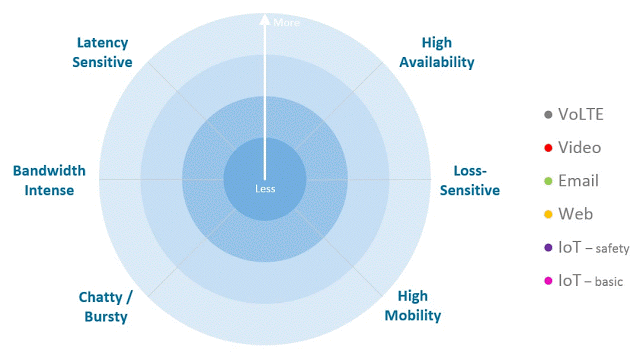Mobile operators are rightfully eyeing Internet of Things (IoT) as a crucial 5G revenue stream. But getting it going is easier said than done. Here’s why.
1. IoT network demands are at odds with multimedia services
For a long time now, mobile operators have invested heavily in network bandwidth and speed, in order to deliver voice, video, and other real-time multimedia services. Unfortunately, IoT services instead tend to be low bandwidth (but with potential for burstability) and low data (but high-priority), delivered to low power, low cost devices.

Can one network serve both types of services? And if the answer is no, where does that leave mobile operators?Some operators are responding by getting out of the IoT business, while others are looking to partnerships with low-power, wide-area (LPWA) companies as a way to stay in the game without having to build IoT-capable networks or adapt their existing architecture for IoT services.
2. LPWA providers in the IoT space pose a competitive threat
For those operators that do want to compete in the IoT space, especially those intending to adapt their own infrastructure to meet the needs of IoT services, much effort is being put into creating a cost-effective alternative to competitive threats from low power, wide area (LPWA) companies–as well as cable companies, cloud providers and fixed-line players. Everyone, it seems, wants a piece of the potentially very lucrative IoT pie.
For example, operators are collaborating with the 3GPP, chipset vendors, and network vendors to get NB-IoT standards pushed out as soon as possible.
Building hybrid networks that combine traditional cell and non-traditional technologies is also a promising path forward, but depends on the ability of operators to adopt virtualization.
3. Virtualized instrumentation and orchestration is imperative for IoT
In order to efficiently monitor and manage resources for diverse services, operators must quickly adopt network virtualization and roll out a comprehensive instrumentation layer. As with a multi-lane highway previously used by cars only but suddenly opened up for use also by trucks, bicycles, and pedestrians, there has to be some way to intelligently direct traffic according to its specific requirements. Else, chaos would ensue.
Of course, control is only possible with complete visibility into what’s happening in all parts of the network. This must be tied with real-time orchestration to quickly respond when issues crop up.

 Improved delivery, better visibility: How Accedian and VMware are working together to help CSPs navigate the 5G world
Improved delivery, better visibility: How Accedian and VMware are working together to help CSPs navigate the 5G world
 Adding a new dimension of visibility to the Cisco Full-Stack Observability portfolio with Accedian Skylight
Adding a new dimension of visibility to the Cisco Full-Stack Observability portfolio with Accedian Skylight